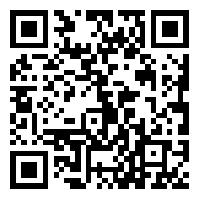6.The randomization schedule is sacred and shall not be modified
"This patient was randomized in error; can you please just remove them from the list?" This may seem like a reasonable request until you consider the implications. By removing the patient, you may disturb the intent to treat analysis. You create a situation where you could call the action into question. Were they removed because the investigator was dissatisfied with the allocated treatment? Were they removed because the sponsor felt they would contribute negatively to the study? Are you trying to game the system? Optics matter.
Randomization is a "moment in time". It is not a visit, it is a discrete action. And as such the data used in the transaction has a material impact on the randomization record chosen. This is true even if the data was not materially correct. The "true" data can be represented as another data point or data set. Any action that tries to "correct" this process is damaging to its integrity.
7.IRT provider shall not develop scripts for or preform sponsor UAT
Even an IRT provider you trust and who has provided good service may have an unconscious bias or conflict. I always have, and always will, recommend to sponsors that they perform UAT work themselves or outsource it to a 3rd party expert.
UAT findings are often a KPI for vendors and so there is a business incentive to quickly fix an issue and not have it show up as an "official finding". The opposite can be true when using a 3rd party such as a CRO if they feel that increased UAT findings demonstrate their value.
My opinion in this matter has not changed regardless of which side of the sponsor/provider equation I have been on.
The EMA agrees with me based on their reflection paper, in which they state: "The sponsor should assure themselves through UAT of the suitability of each system. It is expected that the sponsor will write their own test scripts for testing the system.".
Read more here Sponsors & UAT with Poxy Clinical
8.Thou shall protect the blind
You can jeopardize the results of an entire study with an inappropriate disclosure of participant treatment. There are many ways to do this, and some are not so obvious. Unblinding can come through a combination of data points. An IRT provider is one of the few partners that deals with both blinded and unblinded resources at sites, sponsors, and CROs. This is a special responsibility and must be taken seriously.
For the sponsors part, they must have a clear definition of what is and is not unblinding, who is unblinded, and when unblinded data may be distributed. This may sound obvious, but modern studies create a layer of complication that did not exist in the early days of IVRS.


 Learn More
Learn More
